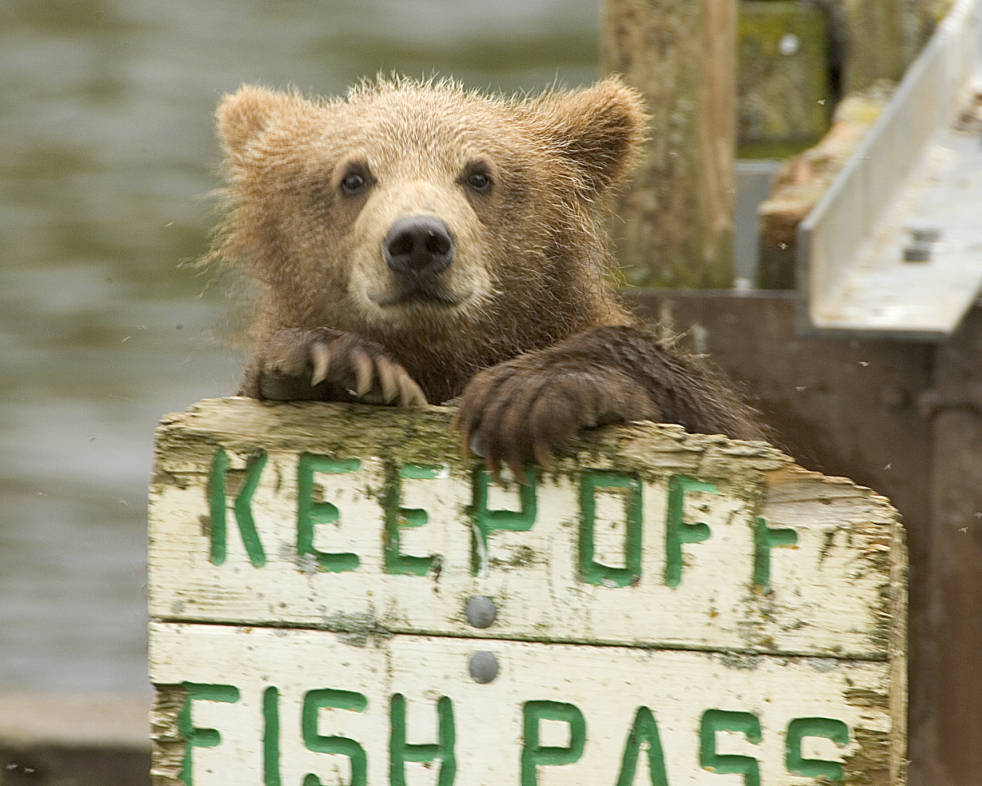Ag Secretary Tom Vilsack announced the U.S. is committing $10 billion to improve food systems in...
Endangered Species Act: 50 Years In, Overdue for Modernization

By Zippy Duvall, President, American Farm Bureau Federation
“Do right by the land and it will do right by you.” That’s advice my father gave me as a young farmer. They are words farmers everywhere live by. We put our heart and soul into caring for our land and our animals—and the wildlife that makes its home on and near our land. As we like to say, farmers are the original conservationists, and we take that role seriously. We know what works—and what doesn’t. And 50 years in, we’re seeing more and more of what doesn’t work with the Endangered Species Act (ESA).
Protecting wildlife and preserving natural habitats are worthy and important goals. But with a recovery rate of only 3% in the last half century, the ESA isn’t achieving those goals. It’s time for modernization that not only reduces red tape but also makes it easier for farmers and ranchers to be partners in voluntary conservation efforts.
Conservation practices are a normal part of farm life. Across the U.S. today, farmers have voluntarily set aside 140 million acres in conservation practices. That’s an area the size of New York and California combined, where we are providing habitat for wildlife across the country. We’re also working carefully to ensure that our productive farmland is safe for all. Technology today allows us to be precise with our pesticide application, using only what is needed, where it’s needed. That means our crops flourish, and the soil, water and surrounding areas are healthy.
In fact, our modern agricultural practices often enhance habitat and, in turn, attract wildlife to our property. Many farmers take an active role in these efforts to enhance wildlife habitat, from planting milkweed along the Monarch butterfly migration route to using rice fields as waterways to support migratory birds. Unfortunately, the ESA does little to encourage these efforts, but instead adds prohibitive costs and regulatory red tape once a listing is in effect.
It’s also critical to recognize when a species is threatened by a disease or condition that is beyond anything a farmer or landowner can do anything about. For example, the Northern Long-Eared bat is threatened not by anything external, but by a disease that is spreading within colonies and its cave-like habitats. Placing added restrictions on farmers and other landowners will do nothing to stop the spread of the actual disease threatening this species.
Finally, we need certainty when it comes to listings and regulatory decisions. The ESA in its current form is driven by litigation and has seen an increase in listings by more than 300% from 2010 to 2020. Rules on implementing the ESA bounce back and forth with changes in Administrations and litigation. This makes for an ever-shifting landscape, leaving farmers and ranchers guessing from one season to the next. It can make it difficult, sometimes impossible, to make long-term plans. For example, the gray wolf population has recovered according to the ESA standard of best scientific and commercial data available and was delisted in 2020. But as a result of litigation, a court put this recovered species back on the list.
The ESA is not working—plain and simple. It’s not working for the hardworking Americans caring for the land and wildlife. And it’s not working for the species it’s intended to recover. If something is broken, you fix it. Fifty years is more than enough time to see that the ESA is long overdue for a fix.”
EDITOR’S TAKE:
The American Farm Bureau Federation (AFBF) is the largest general farm organization in the U.S. Mr. Duvall, as President of this massive organization, speaks on behalf of farmers and ranchers throughout the land. He is in constant contact with local members and state FB presidents. In other words, he has his finger on the pulse of farmers. He truly represents the opinion of most farmers/ranchers across the nation. The organization has a great deal of influence with Congress. So, bottom line, AFBF will be pushing hard for changes to the ESA. Done properly, it could add certainty, improve outcomes and reduce future financial burdens for farmers/ranchers!






